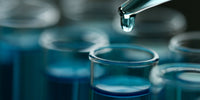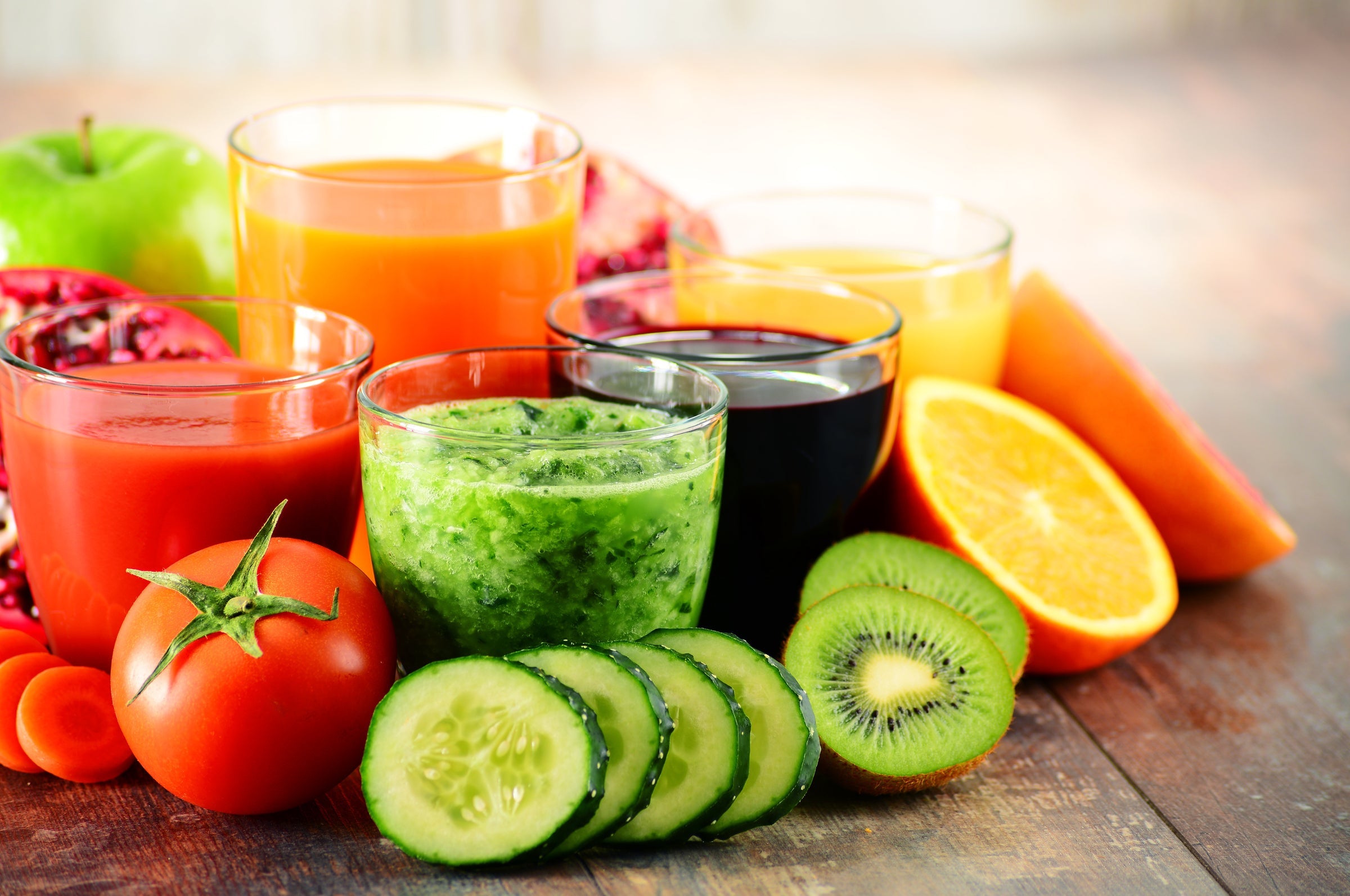Every day our bodies are exposed to a wide range of environmental chemicals, which may be present in air, water, food, soil, dust, or consumer products such as cosmetics. These chemicals have been shown to bioaccumulate in the fatty tissue over time, and emerging evidence suggests that exposure to endocrine-disrupting chemicals such as persistent organic pollutants (POPs) may have long term adverse effects on human health, including obesity and metabolic syndrome. For this reason, many integrative and functional medicine practitioners recommend regular nutrient-supported detoxification programs for optimal health.
Detoxification programs or 'cleanses' typically include a diet designed for low exposure to environmental chemicals and common allergens, while providing adequate protein to maintain lean muscle mass and liver enzyme function. A fiber supplement may be recommended to help bind excreted metabolites in the colon and promote a daily bowel movement.
Often, specific micronutrients and botanicals to support gastrointestinal healing and liver detoxification are added. Detoxification is a two-step process in the liver.
Phase I
In Phase I, Cytochrome P450 and other enzymes catalyze the transformation of fat-soluble toxins into water-soluble intermediate metabolites. This phase can be supported by providing adequate protein and cofactors for the enzymes, which include vitamin A and carotenoids, B vitamins and folate, Vitamins C and E, calcium, magnesium, zinc and selenium. Antioxidant nutrients also protect against the free radical byproducts of Phase I oxidation reactions.
Phase II
The resulting intermediate metabolites may be even more toxic or reactive than the original substance. In Phase II, they are neutralized by attaching or 'conjugating' them to other water-soluble substances for excretion via the bile or kidneys. Phase II is supported by the amino acid precursors Glutamine, Glycine, and NAC to help replenish glutathione, along with Methionine, methylated B12 and folate, and sulfurated phytochemicals such as those found in broccoli. The flavonoid quercetin and its derivative rutin have also been shown to activate phase II enzymes.
The herb Milk Thistle and its constituent Silybin have a long history of use in supporting normal liver function, liver cell regeneration, glutathione production and promoting the removal of toxins from circulation. Like Milk Thistle, the herb Picroriza has been shown to have anti-inflammatory, liver protective and antioxidant effects against lipid peroxidation. Curcumin is another powerful antioxidant herb which promotes activity of glutathione S-transferase in Phase II and helps maintain inflammatory balance.
Even the humble Artichoke and Dandelion are considered traditional liver support foods and spring tonics, regarded for their antioxidant and liver protective properties. They are also choleretics, meaning they support the flow of bile which carries conjugated toxins from the liver to the intestines – a crucial final step in the detoxification process.
"Can such 'detox programs' really make a difference?"
A number of small studies support the use of detox diets in alleviating patient symptoms of environmental chemical exposure, (1,2,3) and a recent one supports the use of such diets for weight loss. (4) But can such 'detox programs' really make a difference in decreasing the amount of toxic chemicals in the body? Recent research suggests that they can.
A study published in 2016 evaluated effects of a 3 week dietary detoxification program on serum γ-glutamyltransferase (GGT), anthropometric data and metabolic biomarkers in 68 adults. The study diet included whole grains, brown rice, legumes, nuts, white fish, non-antibiotic cage-free poultry, vegetables and fruits, and seaweed, based on a previous study on food web-specific biomagnification of persistent organic pollutants. (5) A liquid diet for breakfast and dinner was encouraged, along with 12 hours of water only fasting between dinner and breakfast of the following day. Intake of 1 to 2 liters of water per day was recommended.
Foods that were avoided during the study included refined grains, red meats, eggs, processed and instant foods, artificial flavor enhancers, and alcohol. Subjects also participated in 20 hours of dietary education, online coaching and a support group to enhance compliance to the protocol.
Physical and laboratory examinations were assessed at baseline and 3 weeks later. Serum GGT was used as a marker for overall toxic body burden for the purposes of this study. GGT is an established biomarker of alcohol consumption, heart disease, hypertension and type 2 diabetes, and is also associated with environmental pollutant exposure. Serum GGT, weight, body fat percentage, body fat mass, waist circumference, lipid profiles, and blood pressure were all significantly decreased after 3 weeks on this protocol. (6)
Proactive lifestyle measures can certainly help decrease exposure to environmental chemicals – for instance by choosing organic foods and natural body care products, avoiding consumption of large predator fish high in heavy metals, limiting exposure to air pollution and choosing alternatives to herbicide and pesticide use in lawns and gardens. But not all exposures can be avoided, and a regular comprehensive nutrient-supported dietary detoxification program may be a protective intervention for decreasing the body burden of toxic chemicals.
DISCLAIMER: The information contained in this article is for informational purposes only, and is not intended to be a substitute for professional medical advice, diagnosis, or treatment. Always seek the advice of your physician or other qualified health provider with any questions you may have regarding a medical condition.
References
1. Bland JS, Barrager E, Reedy RG, Bland K. A medical food-supplemented detoxification program in the management of chronic health problems. Altern Ther Health Med. 1995 Nov 1;1(5):62-71.
2. MacIntosh A, Ball K. The effects of a short program of detoxification in disease-free individuals. Altern Ther Health Med. 2000 Jul;6(4):70-6.
3. Taylor JP, Krondl MM, Csima AC. Symptom relief and adherence in the rotary diversified diet, a treatment for environmental illness. Altern Ther Health Med. 2004 Jul-Aug;10(4):58-64.
4. Morrison JA, Iannucci AL. Symptom relief and weight loss from adherence to a meal replacement-enhanced, low calorie detoxification diet. Integrative Medicine. 2012 Mar/Apr; 11(2): 16-21
5. Kelly BC, Ikonomou MG, Blair JD, Morin AE, Gobas FAPC. Food web-specific biomagnification of persistent organic pollutants. Science. 2007;317:236–9. doi: 10.1126/science.1138275
6. Kim JA, Kim JY, Kang SW. Effects of the dietary detoxification program on serum γ-glutamyltransferase, anthropometric data and metabolic biomarkers in adults. J Lifestyle Med. 2016 Sep;6(2):49-57. Epub 2016 Sep 30.






